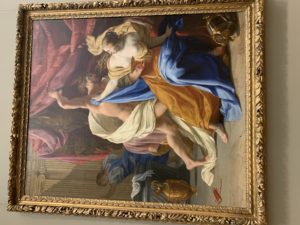Modern Art Museum of Fort Worth, www.themodern.org/collection/conjoined/1241.
This art piece is called Conjoined and the artist is Roxy Paine. Conjoined is originally a piece from Roxy’s exhibit, ”Conjoined, Defunct and Erratic” in Madison Square Park. This piece interests me because it shows how nature was overtaken by steel, technology,. But, it somehow still looked like nature. I truly found that fascinating. Conjoined is now part of the Modern Art Museum of Fort Worth.
Biennale. “Ludo.” Weltkulturerbe Völklinger Hütte, 2017, www.voelklinger-huette.org/en/world-cultural-heritage-site-voelklingen-ironworks/artist-projects/ludo/.
This piece is called Völklinger by Ludo. Ludo is a Paris artist who works his Street Art along the lines of science fiction kinds of visions, ones in which nature and technology develop paradoxical connections. Ludo finds formal parallels between technological and organic growth and positions these elements together along such interfaces. In this piece we see a tree with poisonous green wire roots. This piece is now a part of the World Cultural Heritage Cite.
Oksenhorn, Stewart. “Art for Existentialism’s Sake.” Aspen Times, 4 Aug. 2004, www.aspentimes.com/news/art-for-existentialisms-sake/.
This art piece is called Defunct and the artist is Roxy Paine. Defunct is originally a piece from Roxy’s exhibit, ”Conjoined, Defunct and Erratic” in Madison Square Park. Defunct now resides in Aspen Art Museum. Defunct is a stainless steel tree sculpture on the museum’s front lawn. Paine’s striking work seems to reflect the tension between nature and technology. The shiny, metallic tree doesn’t quite fit in with the surrounding aspens, but neither is it wholly out of place.
Rojo, Jaime. “Brooklyn Street Art.”Cutthroat Trout & “The Art Of Beeing” in Reno, Nevada, 18 Feb. 2014, www.brooklynstreetart.com/theblog/2014/02/18/ludo/.
This piece is called Enjoy the Violence by Ludo. This is the same Ludo I mentioned before. He takes the images of nature perverted by weaponry and the growing militarism of society. This piece is a rose with brass knuckles growing from it (in Ludo’s signature poison green).
Valic, Mojca. “Ludo – Amsterdam 2013 The Work of Paris Based Ludo, Often Called Nature’s Revenge, Connects the World of Plants and Animals with Our Tech… | Street Art | Pinterest | Street Art, Street Artists and Art.” Pinterest, Pinterest, www.pinterest.com/pin/391039180117449918/?lp=true.
This piece doesn’t have a name but it’s by Ludo. It was created in Amsterdam in 2013. It is a tree with bolts connecting it to a machine. Ludo in general interests me. All his artwork is amazing, but I’m especially attracted to the way he perceives natures interaction with modern technology.


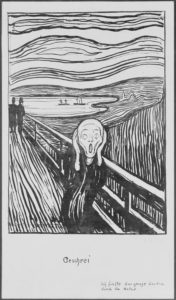
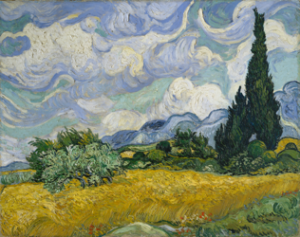
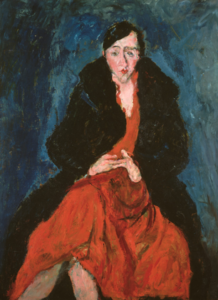
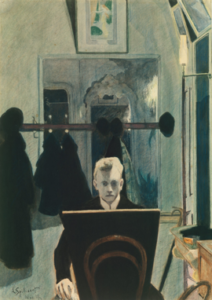
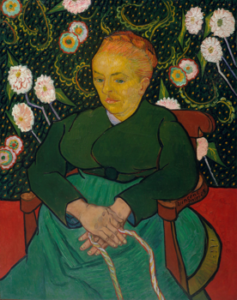
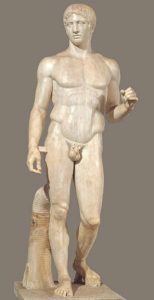
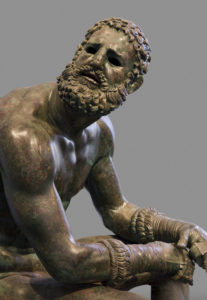
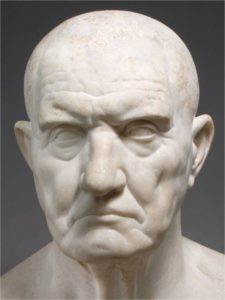
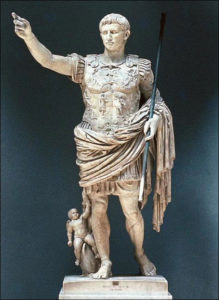
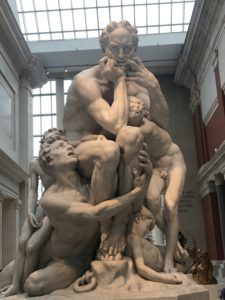 Aciman, Alexander.“Recapping Dante: Canto 33, or History’s Vaguest Cannibal.”
Aciman, Alexander.“Recapping Dante: Canto 33, or History’s Vaguest Cannibal.”
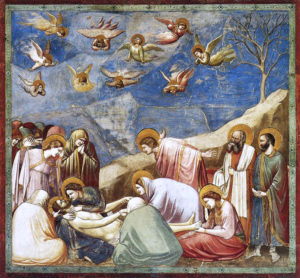 Dr. Steven Zucker and Dr. Beth Harris,
Dr. Steven Zucker and Dr. Beth Harris,
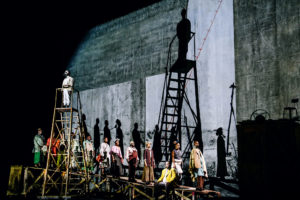
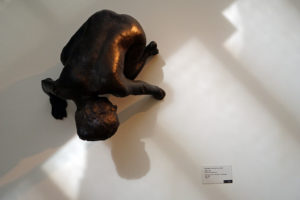
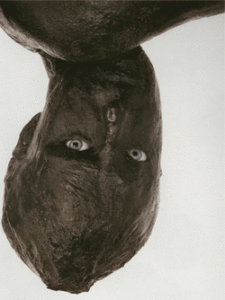
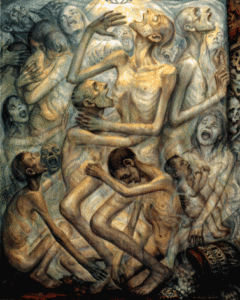 Olere, David.
Olere, David.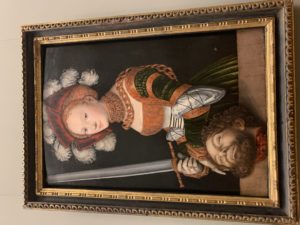 In this painting the women is mostly painted with an orange oil color. However she is described as “dress to killed”. The colors in this painting are darkish and the black background makes the light skin color of this women stand out.
In this painting the women is mostly painted with an orange oil color. However she is described as “dress to killed”. The colors in this painting are darkish and the black background makes the light skin color of this women stand out.